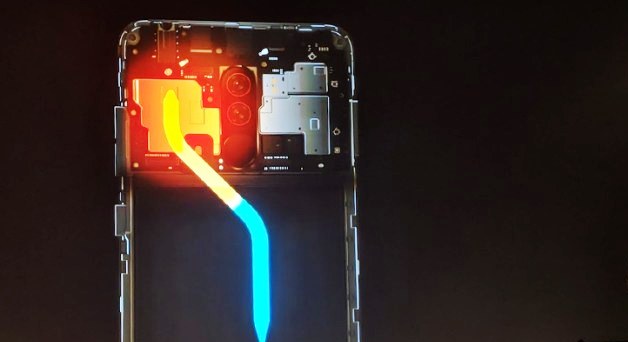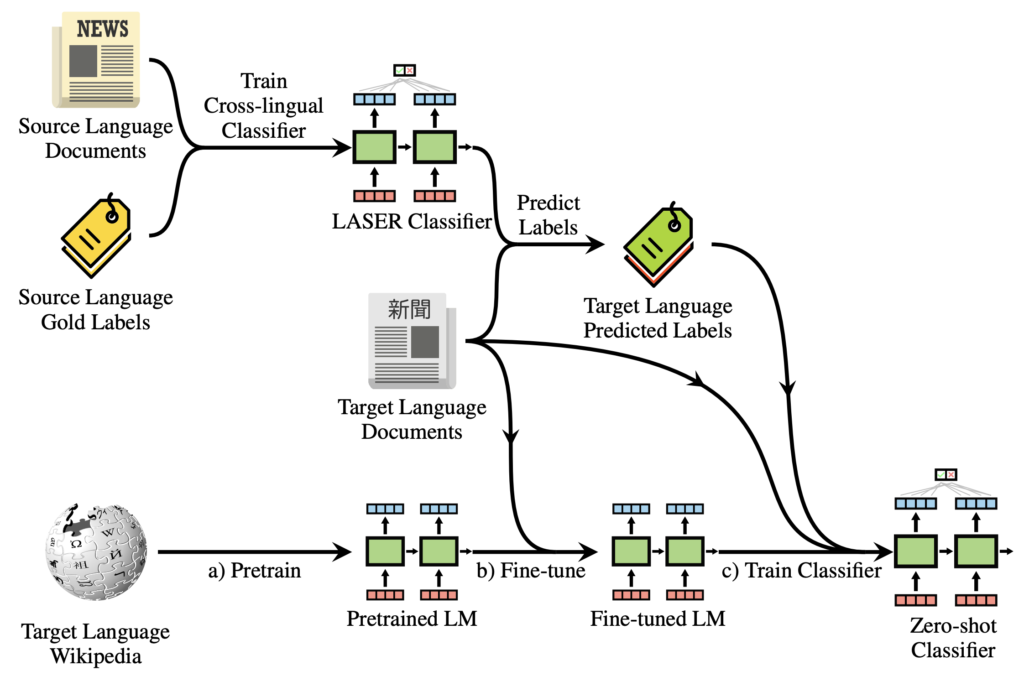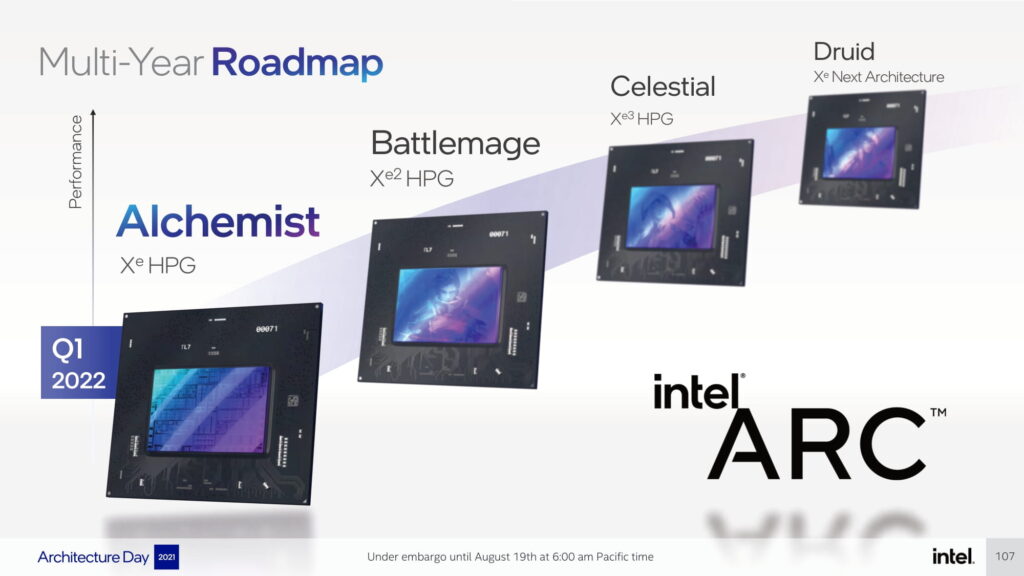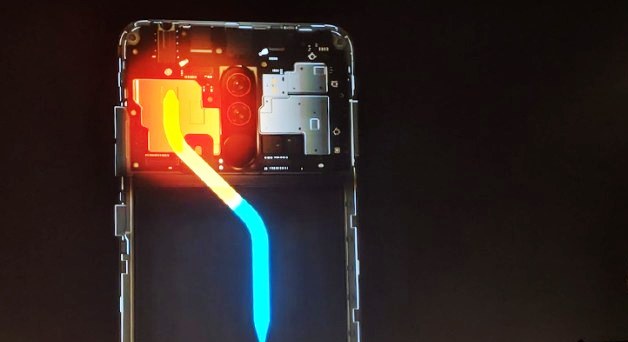
Heat dissipation solutions have long been crucial in high-performance desktops for temperature management. With the advancement of smartphones and their powerful internals, this concept is now captivating phone manufacturers as much as PC enthusiasts.
Early instances of liquid cooling in smartphones include Fujitsu’s concept, along with models such as the Samsung Galaxy S7, Lumia 950XL, and Sony Xperia XZ5. However, it was Xiaomi’s gaming phone, Black Shark, that truly popularized the technology. Now, Pocophone, a sub-brand of Xiaomi, incorporates this system into its debut smartphone, boasting flagship-grade specifications.
The Poco F1 (Rs 20,990 on Flipkart) features a dedicated heat sink that dissipates heat from the processor to the smartphone PCB’s lower part. The “LiquidCool” technology aims to prevent overheating during gaming or intensive camera use. After a stress test, here’s my assessment of the Poco F1’s liquid cooling technology.
Does LiquidCool on Poco F1 Really Work?
To evaluate the feature, I played PUBG on the Poco F1 for nearly an hour continuously to gauge its heat dissipation.
Verification occurred with an infrared thermometer gun and multiple repetitions of the test to confirm results. These findings were compared with data from CPU-Z (available for free on the Play Store) to assess LiquidCool technology’s efficacy.
The Poco F1 maintained heat admirably during heavy gaming and other performance-intensive tasks, remaining within comfortable thresholds. The Kevlar back, layered atop a plastic body, likely contributed to this insulation. Poco F1 back temperature
Testing with the IR gun revealed the back temperature ranged from 34°C to 38°C, while CPU-Z indicated the CPU temperature stayed between 38°C to 46°C. This suggests a 4°C to 8°C difference between external and internal temperatures in the Poco F1.
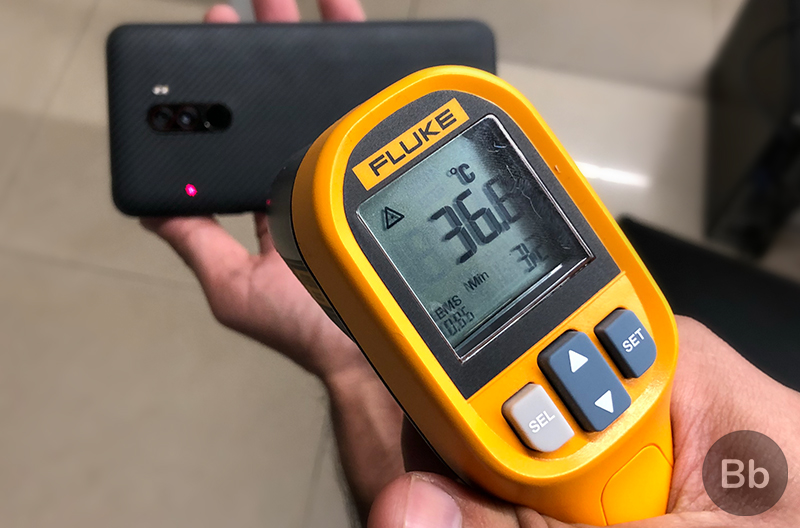
Additionally, I observed that the Poco F1 cooled down within 10-15 seconds when left idle, which is remarkable considering its caliber and price.
LiquidCool on Poco F1: Compared With Peers
The other smartphones tested were the Honor Play and the OnePlus 6. In terms of outer body temperatures, the Honor Play remained nearly as cool as the Poco F1, while the OnePlus 6 reached almost 40°C. Additionally, the results from CPU-Z and the IR gun were congruent.
It’s worth noting that the Honor Play also cooled down quickly, whereas the OnePlus 6 took longer to return to normal temperatures. This is likely due to the Honor Play’s metal body, which conducts and radiates heat more efficiently than the OnePlus 6’s glass back. Poco F1’s screen temperature
Final Thoughts on LiquidCool Technology in Poco F1
This series of tests indicates that the Poco F1 outperforms the OnePlus 6 and is comparable to the Honor Play. Pocophone’s use of a polycarbonate shell and the additional Kevlar back on the “armoured edition” further insulates heat, which, in my opinion, is a positive despite the somewhat lesser premium feel.
In summary, the liquid cooling on the Poco F1 does work, though the difference is not astonishing. However, this signifies the advent of a new era where flagship-level specifications are available at affordable prices and complemented by features like liquid cooling. This prospect excites me for the future generation of smartphones.
Buy the Poco F1 from Flipkart (starting at Rs 20,990)

Pritam Chopra is a seasoned IT professional and a passionate blogger hailing from the dynamic realm of technology. With an insatiable curiosity for all things tech-related, Pritam has dedicated himself to exploring and unraveling the intricacies of the digital world.

